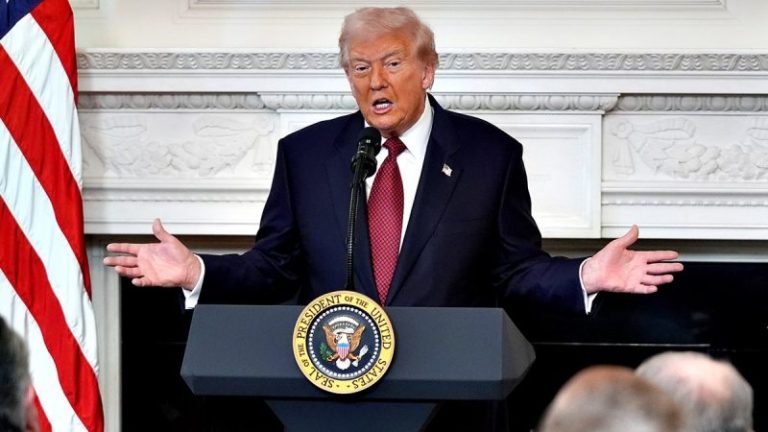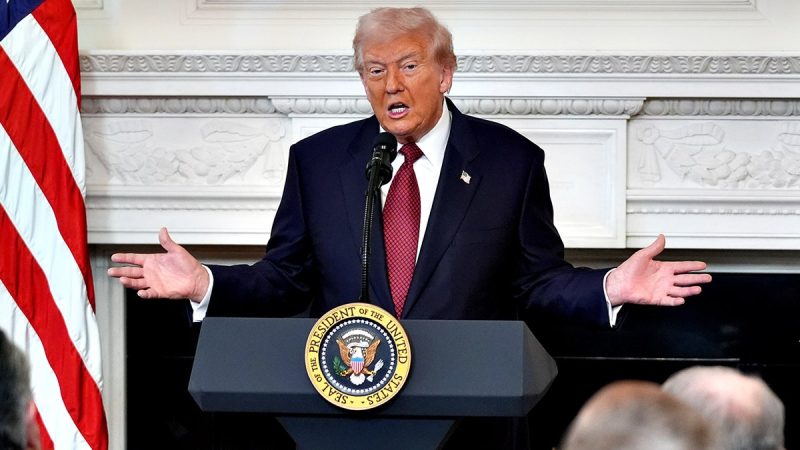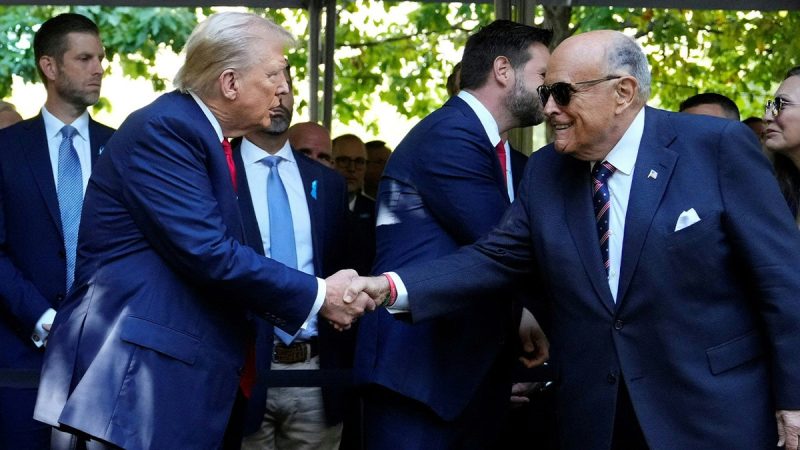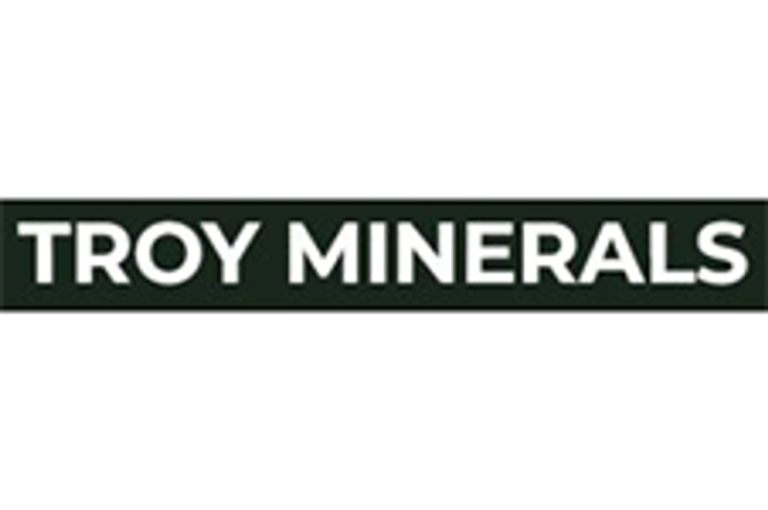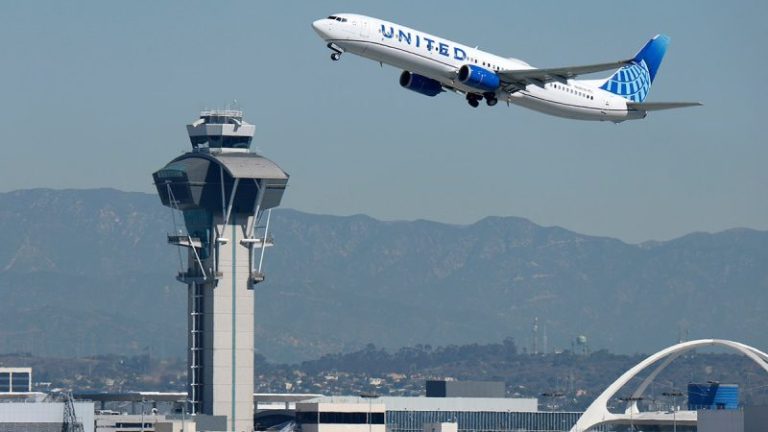

Prosper NWT is providing a C$3.8 million loan to help complete the acquisition from JFSL
Fortune Minerals Limited (TSX: FT,OTC:FTMDF) (OTCQB: FTMDF) (‘ Fortune ‘ or the ‘ Company ‘) ( www.fortuneminerals.com ) is pleased to announce that it has entered into a binding offer letter (the ‘Agreement’) for a loan with a principal amount of C$3.8 million from Prosper NWT, a public agency of the Government of the Northwest Territories (‘ GNWT ‘) established to support the economic objectives of the GNWT in a manner that benefits the people and economy of the Northwest Territories (‘ NWT ‘). The loan will enable Fortune to complete the purchase of the Lamont County, Alberta site (the ‘ Refinery Site ‘) and existing facilities from JFSL Field Services LLC (‘ JFSL ‘) where the Company plans to construct a hydrometallurgical facility to process concentrates from the NICO cobalt-gold-bismuth-copper mine in the NWT, and make value-added critical mineral products for the energy transition, new technologies and defense.
Like our news? Click-to-post on X .
Pursuant to the Agreement, which was entered into between Prosper NWT and Fortune Minerals Alberta Inc. (‘ Fortune Alberta ‘), a wholly owned subsidiary of Fortune, Prosper NWT will provide a C$3.8 million loan over a term of up to 60 months at a fixed 8.45% interest rate, with interest only payments for the first 24 months, followed by a blended interest and principal amount for the remaining 36 months based on a 180-month amortization. Fortune Alberta will provide the Refinery Site, buildings and equipment as security for the loan, which will also be guaranteed by the Company. Fortune has already made installment payments totalling C$3,037,500 towards the C$6 million purchase price for the Refinery Site and facilities. The Prosper NWT loan will enable Fortune to complete the purchase and is expected to close by year-end.
Robin Goad, President and CEO of Fortune commented, ‘With this key Alberta Refinery site secured, Fortune will be able to move the vertically integrated NICO cobalt-gold-bismuth-copper critical minerals project closer to a construction decision, while also removing a significant development risk. We are grateful for this financial commitment from Prosper NWT demonstrating the importance of the critical minerals industry to the economy of Canada’s North.’
Alberta Hydrometallurgical Facility
The JFSL site is comprised of 76.78 acres of lands adjacent to the Canadian National Railway in Alberta’s Industrial Heartland, an association of five municipalities northeast of Edmonton with the planning approvals already in place for industrial development and tax incentives keyed to capital investment. The JFSL site is a steel fabrication plant with more than 42,000 square feet of serviced shops and buildings situated close to the human resources, services and reagents in place for an existing world class petrochemicals and critical minerals processing hub. The Refinery Site and facilities are expected to materially reduce capital and operating costs for development of the NICO Project.
NICO Project
The NICO cobalt-gold-bismuth-copper critical minerals project (‘ NICO Project ‘) is comprised of a planned open pit and underground mine and concentrator in the NWT and a dedicated hydrometallurgical facility in Alberta where concentrates from the mine, and other feed sources, will be processed to value-added products. The NICO Project contains three critical minerals (cobalt, bismuth and copper) and more than one million ounces of in-situ gold as a countercyclical and highly liquid co-product to mitigate metal price volatility. Development of the vertically integrated NICO Project will strengthen North American critical mineral supply chain resilience and security, a priority for western governments that need to reduce their dependence on foreign entities of concern. The NICO Project will be a reliable producer of critical mineral products in a Tier 1 jurisdiction with supply chain transparency and custody control of the contained metals from ores through to the production of value-added critical mineral products.
For more detailed information about the NICO Mineral Reserves and certain technical information in this news release, please refer to the Technical Report on the NICO Project, entitled ‘Technical Report on the Feasibility Study for the NICO-Gold-Cobalt-Bismuth-Copper Project, Northwest Territories, Canada’, dated April 2, 2014 and prepared by Micon International Limited which has been filed on SEDAR and is available under the Company’s profile at www.sedarplus.ca .
The disclosure of scientific and technical information contained in this news release have been approved by Robin Goad, M.Sc., P.Geo., President and Chief Executive Officer of Fortune and Alex Mezei, M.Sc., P.Eng. Fortune’s Chief Metallurgist, who are ‘Qualified Persons’ under National Instrument 43-101.
About Fortune Minerals
Fortune is a Canadian mining company focused on developing the NICO cobalt-gold-bismuth-copper project in the Northwest Territories and Alberta. Fortune also owns the satellite Sue-Dianne copper-silver-gold deposit located 25 km north of the NICO deposit and is a potential future source of incremental feed to extend the life of the NICO concentrator.
Follow Fortune Minerals:
Click here to subscribe to Fortune’s email list.
Click here to follow Fortune on LinkedIn.
@FortuneMineral on X.
This press release contains forward-looking information and forward-looking statements within the meaning of applicable securities legislation. This forward-looking information includes statements with respect to, among other things, the advance of the some or all of the loan from Prosper NWT in accordance with the Agreement, including the satisfaction of all conditions precedent by the Company to the advance of the loan; the exercise of the option by the Company and the purchase of the JFSL site, the construction of the proposed Hydrometallurgical Facility at the JFSL site, and the Company’s plans to develop the NICO Project. Forward-looking information is based on the opinions and estimates of management as well as certain assumptions at the date the information is given (including, in respect of the forward-looking information contained in this press release, assumptions regarding: the advance of the proposed loan to fund the exercise of the option and complete the purchase of the JFSL site, the Company’s ability to complete construction of a NICO Project Hydrometallurgical Facility; the Company’s ability to arrange the necessary financing to continue operations and develop the NICO Project; the receipt of all necessary regulatory approvals for the construction and operation of the NICO Project and the related Hydrometallurgical Facility and the timing thereof; the time required to construct the NICO Project; and the economic environment in which the Company will operate in the future, including the price of gold, cobalt and other by-product metals, anticipated costs and the volumes of metals to be produced at the NICO Project). However, such forward-looking information is subject to a variety of risks and uncertainties and other factors that could cause actual events or results to differ materially from those projected in the forward-looking information. These factors include the risks related to the new Mineral Reserves, Mine Plan and production schedule for the NICO Project, the Company may not be able to satisfy the conditions precedent to the advance of the loan from Prosper NWT or comply with the terms and conditions of the Agreement; the Company may not be able to complete the purchase of the JFSL site and secure a site for the construction of a Hydrometallurgical Facility, the Company may not be able to finance and develop NICO on favourable terms or at all, uncertainties with respect to the receipt or timing of required permits, approvals and agreements for the development of the NICO Project, including the related Hydrometallurgical Facility, the construction of the NICO Project may take longer than anticipated, the Company may not be able to secure offtake agreements for the metals to be produced at the NICO Project, the Sue-Dianne Property may not be developed to the point where it can provide mill feed to the NICO Project, the inherent risks involved in the exploration and development of mineral properties and in the mining industry in general, the market for products that use cobalt or bismuth may not grow to the extent anticipated, the future supply of cobalt and bismuth may not be as limited as anticipated, the risk of decreases in the market prices of cobalt, bismuth and other metals to be produced by the NICO Project, discrepancies between actual and estimated Mineral Resources or between actual and estimated metallurgical recoveries, uncertainties associated with estimating Mineral Resources and Reserves and the risk that even if such Mineral Resources prove accurate the risk that such Mineral Resources may not be converted into Mineral Reserves once economic conditions are applied, the Company’s production of cobalt, bismuth and other metals may be less than anticipated and other operational and development risks, market risks and regulatory risks. Readers are cautioned to not place undue reliance on forward-looking information because it is possible that predictions, forecasts, projections and other forms of forward-looking information will not be achieved by the Company. The forward-looking information contained herein is made as of the date hereof and the Company assumes no responsibility to update or revise it to reflect new events or circumstances, except as required by law.
View source version on businesswire.com: https://www.businesswire.com/news/home/20251110105334/en/
For further information please contact:
Fortune Minerals Limited
Troy Nazarewicz
Investor Relations Manager
info@fortuneminerals.com
Tel: (519) 858-8188
www.fortuneminerals.com
News Provided by Business Wire via QuoteMedia






